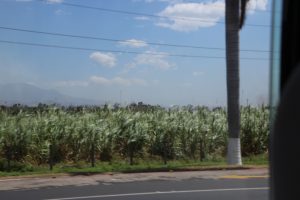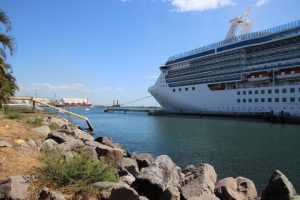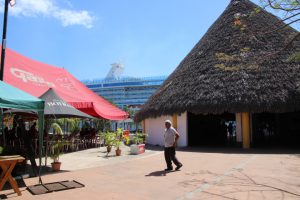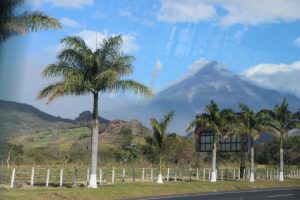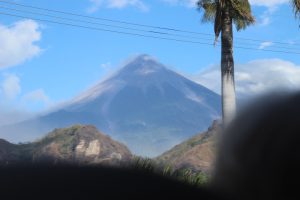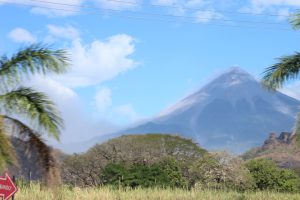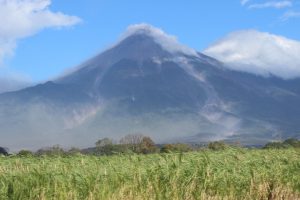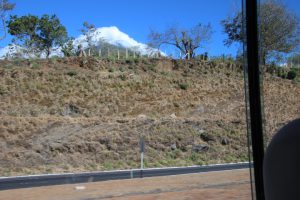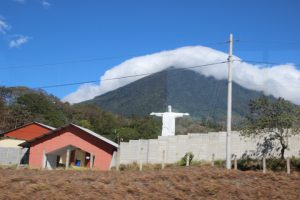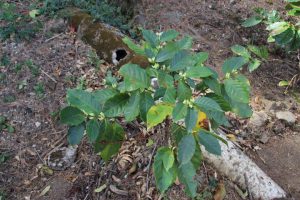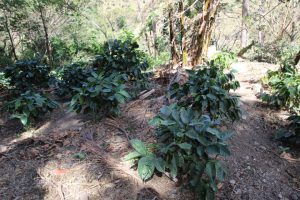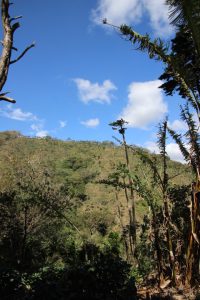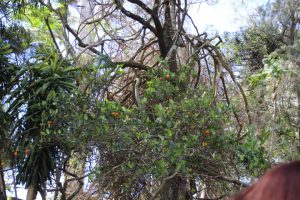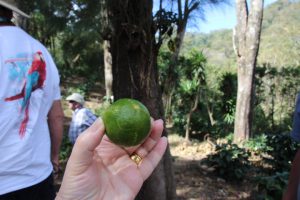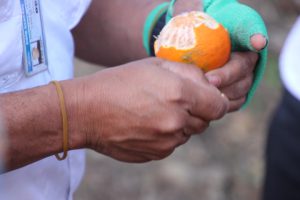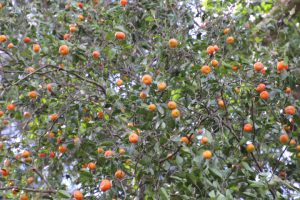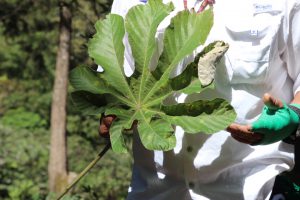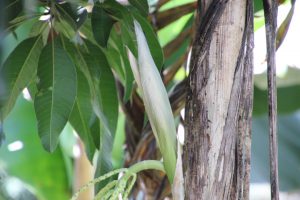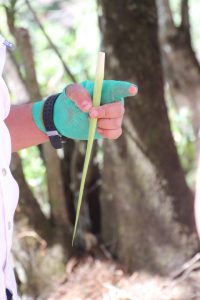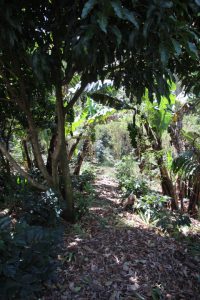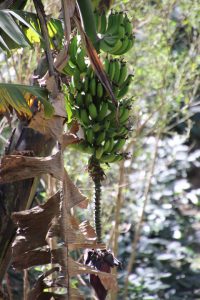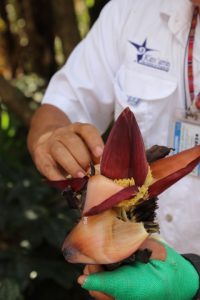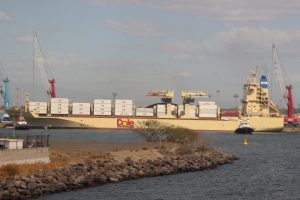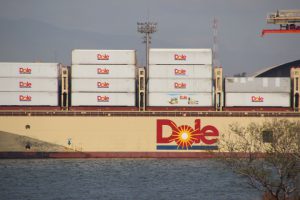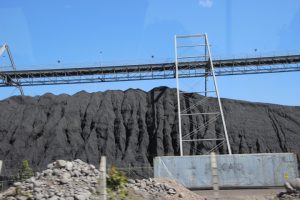At 05:45 a.m. we arrived at Puerto Quetzal, Guatemala. Smoke and a smell of burning was carried into the ship by the air-conditioning. This was the start of today’s sugar cane harvest. The dead leaves and scrub at the base of all of the plants, thousands of them in total, is set alight to clear the base of the plant and to chase out snakes and other dangerous animals so that men with machetes can chop down and clean up the bamboo-like stems. The stems are taken by lorry to the processing plant.
We docked at a purpose-built cruise terminal that can handle one ship at once. It has been built to encourage tourism on the west coast of the country but the infrastructure cannot accommodate large numbers of cruise ships.
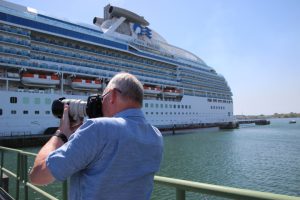
Again, we participated in eco-friendly tourism designed to preserve the natural and human connections that make the country but without sacrificing the natural resources and its beauty.
Guatemala is a land of 33 volcanoes clad with rainforests. The road to the coffee plantation we visited climbed from sea level on the side of one of these volcanoes and cut through volcanic ash and lava to reach our destination.
The coffee plant or bush is a small evergreen brought to Latin America from Africa. It thrives at higher altitudes and especially in the fertile and well-drained soils of volcanic origin. The bush yields clusters of white flowers that mature into small red fruits containing the coffee beans. At the El Barretal coffee farm (Finca) some of the world’s finest coffees are produced here on the 250 acre farm on the slopes of the Pacaya Volcano.
Here we witnessed the slow recovery of the country’s coffee industry following its decimation by pests a few years ago. Today the small harvests preserve the coffee’s quality and reputation and with care with the propagation of the best plants it is hoped that export will commence but the country will not compete with the big exporters such as Colombia. When we tasted it, it was certainly robust and flavourful but not bitter. We will have to test it with UK water!
Other rainforest plants grow close by and some of these have medicinal properties as our guide explained.
Papaya
Lime clementine hybrid fruit
Guarumo leaf useful for diabetes.
The central shoot of this plant is used for gastric problems.
Banana plant and flower.
Upon return to the ship we spent a good part of the afternoon watching port activity. From Deck 7 we had a good view of a container ship being loaded for its next voyage.
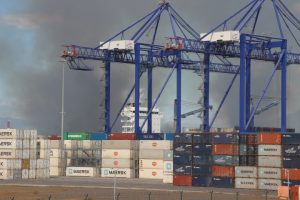
There was a ‘ballet’ of cranes and straddle carriers collecting containers and stacking them in the correct order on board the ship. At first we could not see the containers on the ship but as more and more were loaded the pile towered over the dock. Just in case you don’t know, the heaviest containers go at the bottom of the ship and in equal weights from bow to stern and port to starboard so that the ship does not become end or side heavy. In addition if the ship is to call at ports en route to its destination then the containers for each of the places have to be allocated a section of the hold so that only those that need to be offloaded en route leave the ship. It is likely that offloaded containers will be replaced to maintain the balance.
We also saw the departure and arrival of other vessels including a Dole and Del Monte container ships exporting bananas and pineapples.
Charcoal is a major import and is a form of cleaner coal is used in energy generation.
During the afternoon the pall of smoke from the second sugar cane harvest came over the port. Tiny fragments of burnt leaf fell onto the decks. At dinner we saw that the pall of smoke had travelled well out over the Pacific Ocean. This is our last departure as we now embark upon four days at sea to reach Los Angeles some 2000 miles away.
